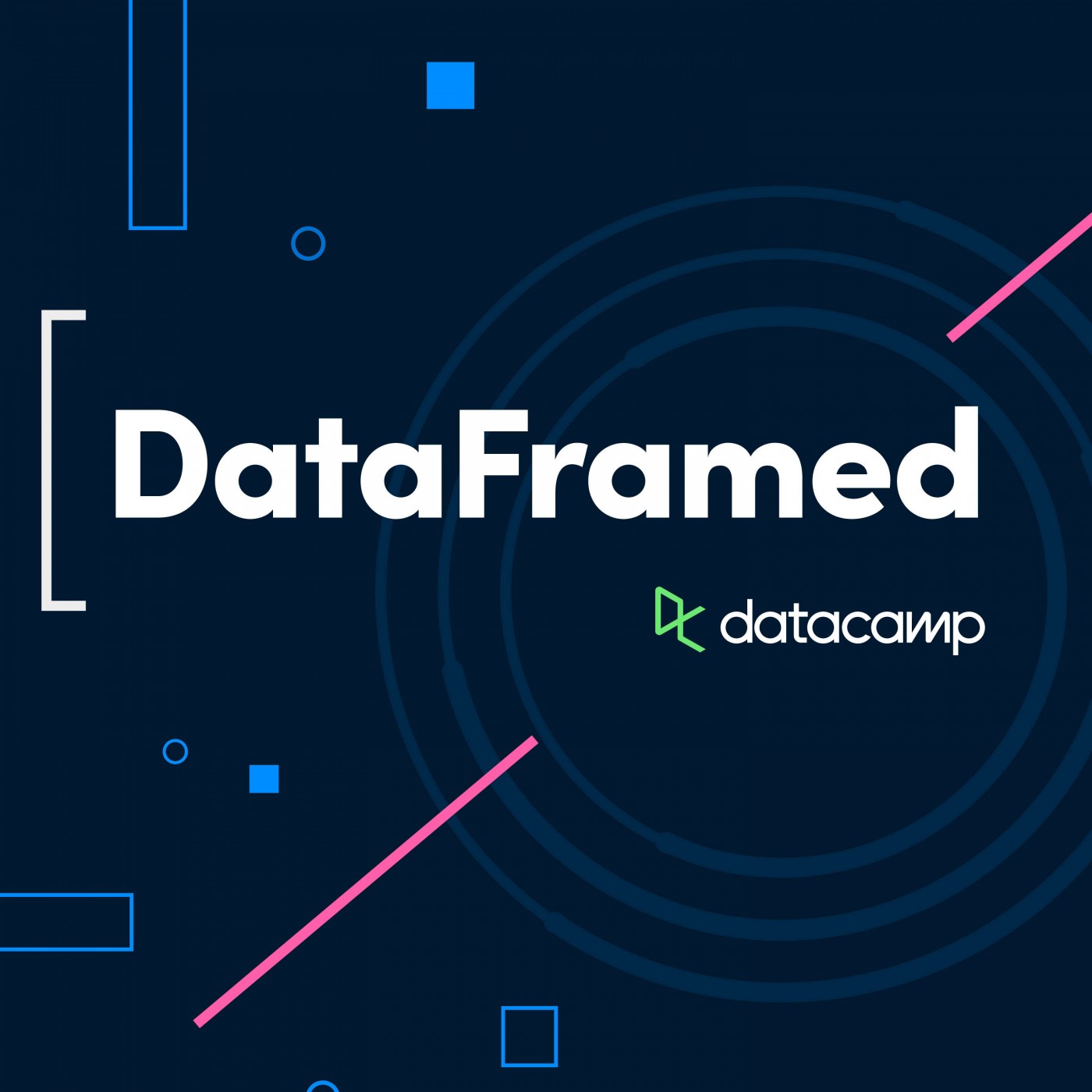
#267 No More NoSQL? How AI is Changing the Database with Sahir Azam, Chief Product Officer at MongoDB

DataFramed
Deep Dive
Why is NoSQL no longer a dominant term in database discussions?
MongoDB now positions itself as a modern general-purpose database capable of handling a broader range of use cases than traditional NoSQL databases, which are often seen as limited to specific functionalities.
What are the main types of databases developers need to know about today?
The main types include relational databases, document databases, search databases, time series databases, and vector databases, each tailored to specific application needs like IoT, AI, and operational data.
Why has developer productivity become a key focus in database design?
With cheap hardware and distributed computing no longer being the primary constraints, the focus has shifted to making developers more efficient, allowing them to build high-quality software faster and create better user experiences.
How does MongoDB enhance developer productivity?
MongoDB uses a document model that aligns with object-oriented programming, making it easier for developers to reason about data. It also integrates features like search and vector capabilities natively, reducing the need for multiple databases and simplifying development.
What challenges do developers face when integrating multiple databases?
Developers often need to manage complex sprawl with separate databases for search, time series, and AI, leading to data duplication and operational overhead. MongoDB aims to simplify this by integrating these functionalities into a single platform.
How is generative AI impacting the database landscape?
Generative AI is driving the need for more sophisticated software and data infrastructure. It also enables the use of unstructured data like audio and video in real-time applications, which traditional databases couldn't handle effectively.
What are some practical use cases of generative AI in enterprises?
One example is a European automaker using AI to diagnose car issues based on audio patterns, reducing diagnostic time from hours to minutes. Another is a pharmaceutical company using AI to auto-generate clinical study reports in minutes instead of weeks.
Why is modernizing legacy systems important for leveraging generative AI?
Legacy systems are often too rigid and outdated to integrate with modern AI applications. Modernizing these systems allows organizations to unlock the value of their data for AI-driven insights and applications.
How is MongoDB using AI to assist in modernizing legacy systems?
MongoDB is leveraging AI tools to make the process of migrating and modernizing legacy applications less risky and more cost-effective, helping organizations transition to modern data platforms.
How is the role of developers changing with the rise of AI and modern databases?
Developers are increasingly expected to have AI and machine learning skills, as these technologies become integral to software development. This shift is moving AI capabilities from centralized teams to being embedded in every development team.
- Hardware constraints are no longer the primary concern in database design.
- The focus has shifted to developer productivity and efficiency.
- Modern databases need to support a variety of use cases and integrate seamlessly into development workflows.
Shownotes Transcript
We’re improving DataFramed, and we need your help! We want to hear what you have to say about the show, and how we can make it more enjoyable for you—find out more here).
What makes a database modern, and why does it matter? In a world where we face countless choices, how do you build systems that not only scale but also make life easier for your teams? And with AI reshaping industries and workflows, how do businesses bridge the gap between legacy systems and cutting-edge applications?
Sahir Azam is the Chief Product Officer at MongoDB. He has been with MongoDB since 2016, where he launched the industry’s first developer data platform, MongoDB Atlas, and scaled the company’s thriving cloud business from the ground up. He also serves on the boards of Temporal and Observe, Inc, a cloud data observability startup. Sahir joined MongoDB from Sumo Logic, where he managed platform, pricing, packaging, and technology partnerships. Before Sumo Logic, he launched VMware's first organically developed SaaS management product and grew their management tools business to $1B+ in revenue. Earlier in his career, Sahir also held technical and sales-focused roles at DynamicOps, BMC Software, and BladeLogic.
In the episode, Richie and Sahir Azam explore the evolution of databases beyond NoSQL, enhancing developer productivity, integrating AI capabilities, modernizing legacy systems, and much more.
Links Mentioned in the Show:
- MongoDB)
- Connect with Sahir)
- Course: Introduction to MongoDB in Python)
- Related Episode: Not Only Vector Databases: Putting Databases at the Heart of AI, with Andi Gutmans, VP and GM of Databases at Google)
- Rewatch sessions from RADAR: Forward Edition)
New to DataCamp?
- Learn on the go using the DataCamp mobile app)
- Empower your business with world-class data and AI skills with DataCamp for business)